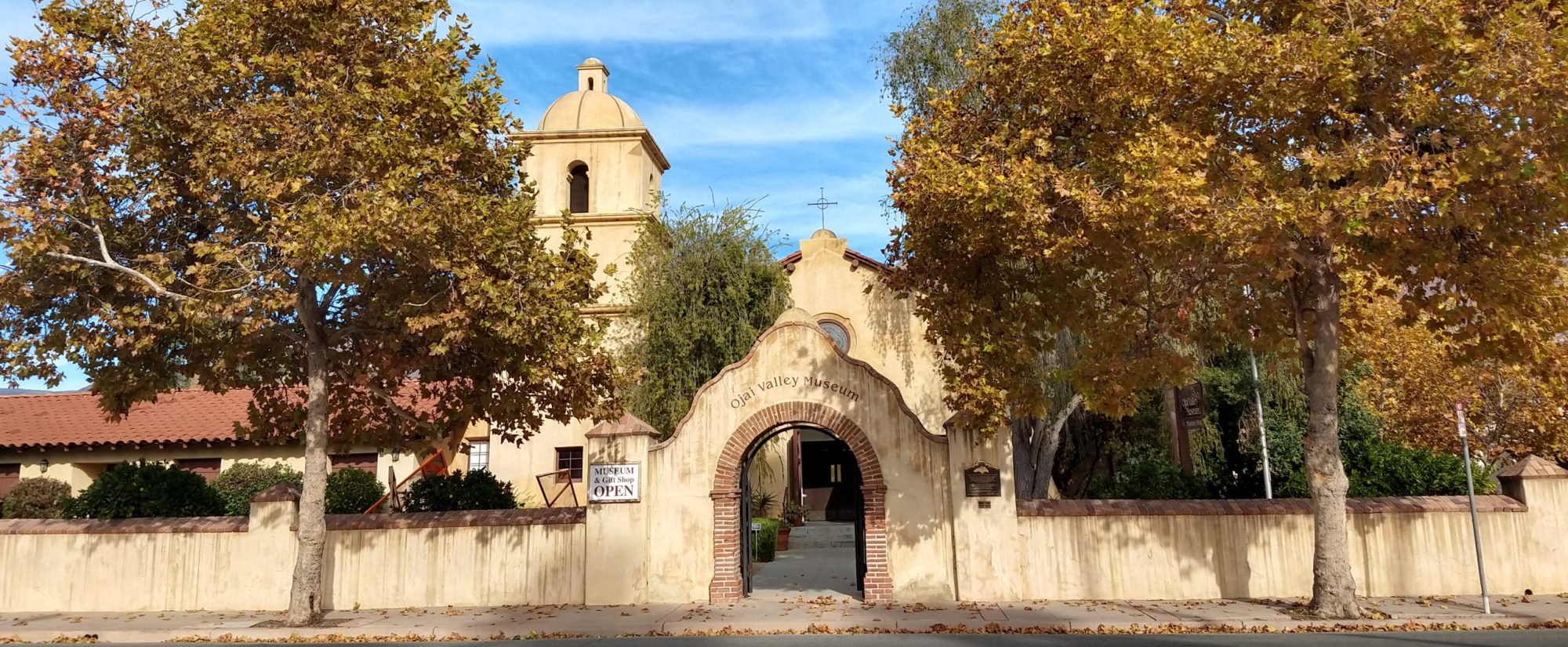This article by Anca Colbert was originally published in the Ojai Valley Guide Magazine – Summer 2019 issue. Colbert is an art adviser, curator, writer, and long-time resident of Ojai. It is published here with Colbert’s permission. ©2019 Anca Colbert – All Rights Reserved.
People walking into canvas and paper are in for a surprise.
The approach is slow.
From the outside, one friend thought it was an art supply or a stationery store. Another, a framing shop. The name is simple and it can lead to various interpretations. Spelled in white lower-case letters on a square, grey sign, the name is clearly visible from the street.
Located on Montgomery Street a couple of blocks north of Ojai Avenue, this small California bungalow house looks renovated and appealing. Soft greys, white trims. Two large, square windows flank the entrance. A flagstone path carves its way through a sea of pea gravel, leading to the front door.
Read the rest of the story in Ojai Magazine.
